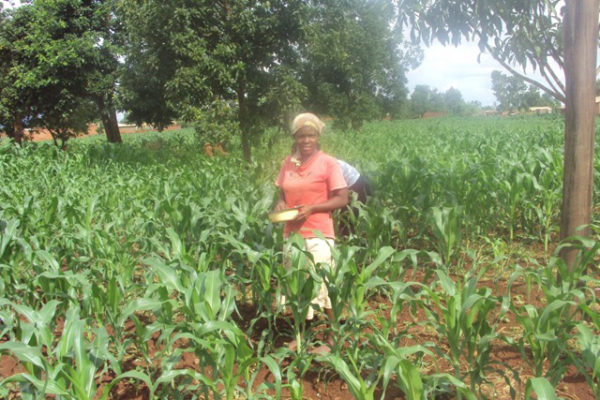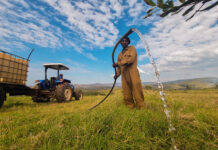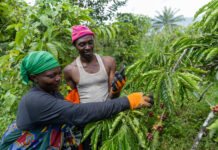In 2005, the Malawi Government introduced a large scale national programme subsidising agricultural inputs, mainly fertilisers and seeds for maize production, with an objective of ensuring food security.
The dubbed Malawian Farm Input Subsidy Programme (FISP) which later changed its name to Agricultures Input Program me (AIP), mainly targets small holder farmers who are considered to be unable to access farm inputs, especially fertiliser, because of their low income levels.
Under the programme, the government meets nearly 75% of the cost of a bag of fertiliser while the farmer pays the remainder. The programme has received praise as a proactive policy that has transformed the nation’s food security, yet irreconcilable differences exist between maize production estimates distributed by the Food and Agriculture Organization of the United Nations (FAO), the Malawi Ministry of Agriculture and Food Security (MoAFS) and the National Statistical Office (NSO) of Malawi.
Objections
Last year, Malawi realised more than 4 million metric tonnes of maize, the staple crop, which is 300,000 metric tonnes more than that national food requirement. Government attributed this harvest to the programme. In the 2020/21 farming season, government registered 3.7 million small scale farmers for the programme with each of them allowed to buy 2 bags of fertiliser.
It had been expected that government would maintain the number of beneficiaries or increase it this year. However, price of fertilizer recorded an increase of over 60%. At that rate, government would have to reduce the number of beneficiaries if farmers are to pay the same amount they paid last year. This resulted in the Ministry of Agriculture reducing the number of the beneficiaries by one million.
Experts argue that the programme is not sustainable and needs to be exited. A local leading think tank in agriculture has produced a policy brief detailing the factors causing the rise in fertiliser price. Among other things, it says the only choice available is to distribute the burden (of price rise) is to reduce the number of beneficiaries, raise the amount small scale farmers pay and asking Treasury for more money.
At the moment, concerned government departments are locked in endless discussions to meet the President’s directive of not trimming the number of beneficiaries. But time is also running out for the purchase and logistics of input for farmers to use since the country experience rains fall from around mid-November.








